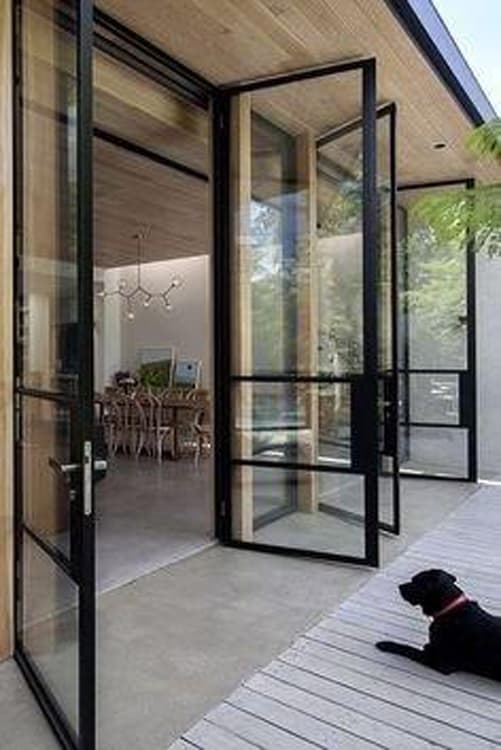by Melissa Dubroc
Considerations When Designing Post-Coronavirus Homes How the world will change Post – Coronavirus remains to be seen. There is one certain thing: The way we create live-work spaces will be different than the way it used to be. Design is going to be much more personal and, in some ways, technical, as people use their homes for work, school and beyond. Designers must be very aware and thoughtful to make people’s lives better in their current space.

Sanitizing Stations Think of a residence in terms of quarantine zones. The red zone is the outside contagious world, the green is the virus-free living space inside. The yellow transition zone is the critical one. This space is where people coming indoors need to ensure that if they have come into contact with the coronavirus, they don’t contaminate the home. This is where a sink or hand-washing station comes into play.
Anterooms—or mudrooms that have been converted to include a sink — have become popular as a way of protecting the inner sanctum from possible contamination. Installing a sink as well as a washer-dryer in this space is the best way to avoid contamination. Removing outside clothes immediately and washing them, as well as hands, drastically reduces the chances of contaminating the green zone.

Anti-viral Fabrics and Surfaces Specific virus-repelling materials are particularly useful in the kitchen, a space considered to be the “number one area of transmission.” As people tend to gather and talk in kitchens, there is a greater chance of virus shedding, so designers should focus on replacing countertops that can harbor the coronavirus, especially those made of materials that are pitted or grooved.
This is particularly true of wooden cutting boards. They have got all these little scratches and holes and dings and little spots where the virus can basically hide in there. Wiping down these surfaces can miss the virus, so it is important to clean them thoroughly. It is advised to use hard and smooth surfaces such as metal, which should also be cleaned regularly to limit potential viral spread.
Some architects highlight that copper and alloys like brass and bronze are excellent materials to introduce into the home for fixtures that are frequently touched, such as doorknobs. This is because they are naturally antibacterial and antiviral.

Ventilation Some point to leveraging basic elements to transform homes to maintain emotional well-being, given that few people have the opportunity to change scenery as they shelter in place. To that end, ensuring good airflow and circulation in indoor spaces is important for dispersing potentially virus-dense air. Rather than focusing on heating, ventilation, and air conditioning (HVAC) systems to do this, it is recommended to use natural airflows and breezes.
It is not healthy to be in a sealed box. Having fresh air coming in and out is extremely important. It is suggested to create huge windows that are operable and strategic placement to create a natural cross-breeze.

Nature and Wellness It is also noted the importance of creating green spaces, noting that plants and trees are scientifically proven to make us feel less stressed. Many people are filling their homes with more indoor plants. Furthermore, there is a growing trend toward introducing a natural flow between the indoors and outdoors.
Melissa Dubroc, ASID
Registered Interior Designer
Louisiana License No. 1078
Studio Design LLC
1015 Wisteria Street
Alexandria, La. 71301
318-443-1010
missy@studiodesignllc.com

























